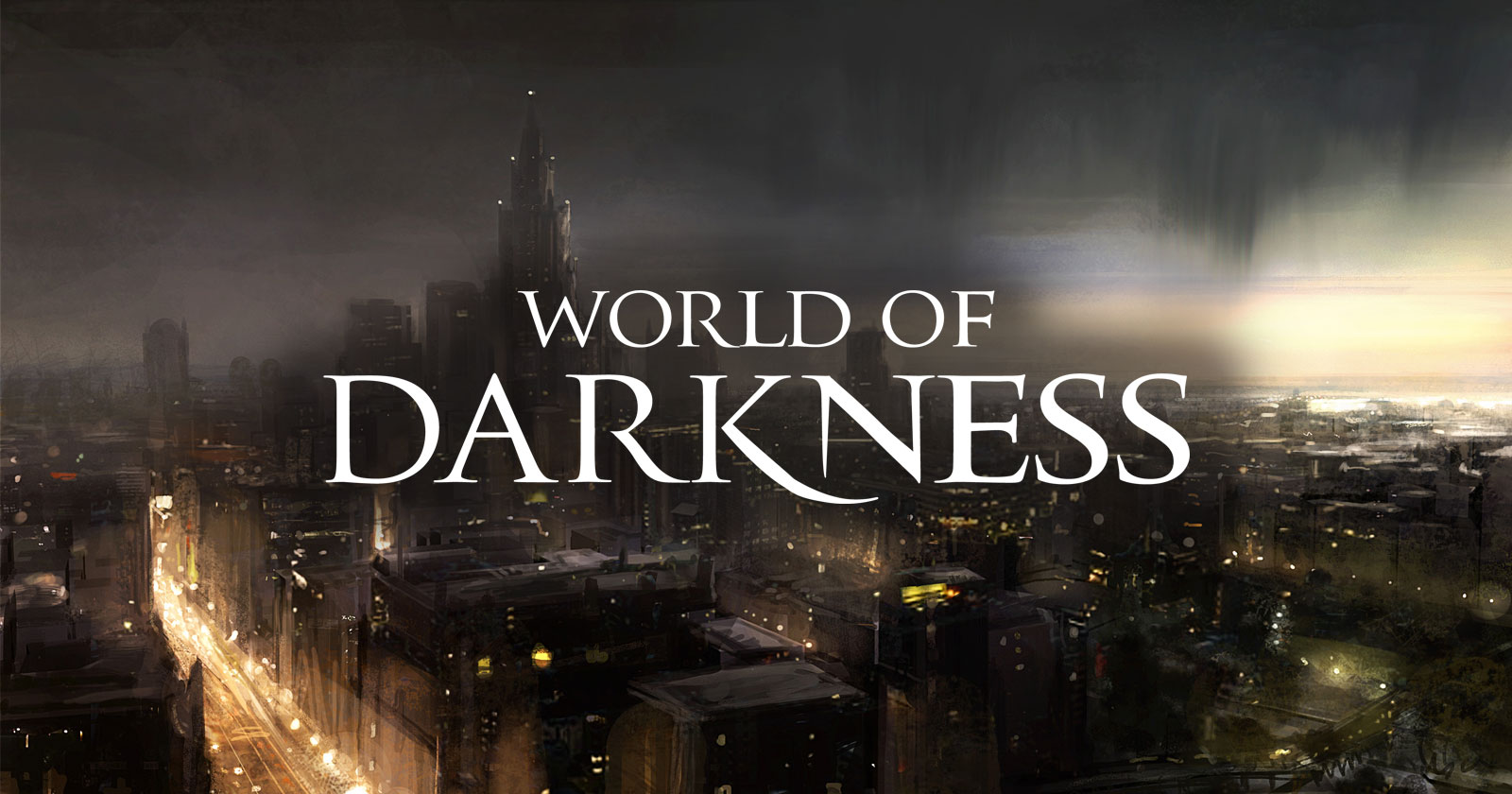Ravnos
The Ravnos are one of the thirteen clans of Kindred in Vampire: The Masquerade. Known for being wandering vagabonds and hucksters, the Ravnos are charlatans who gleefully practice their arts of deception and theft. Nobody in the west understood the Ravnos, and now in the Final Nights, it is too late to do so. Misunderstood as a clan of gypsies and tricksters, the western Ravnos are a minor and heretical branch of the undead lords of India. Gifted with the power to manipulate maya, the Ravnos saw themselves as tempters and avengers, replacing the fallen Kuei-jin in the scheme of the universe. All that is irrelevant now, however, as Zapathasura rose from his slumber in the Week of Nightmares and in his own death throes, wiped out nearly all of his clan.
Due to their inherent clan weakness, the Ravnos clan are all criminals; each Ravnos has a specific vice ranging from plagiarism to mass murder. When the opportunity to indulge that vice is present, Ravnos must succeed in a self-control check to avoid indulging it.
Civilization and Culture
Major Organizations
Before the Week of Nightmares, the Ravnos were broken into western and eastern divisions. Western Ravnos are largely individuals without larger clan loyalties outside of perhaps tribal (and Rroma loyalties).
Eastern Ravnos have their own caste system, developed from the lineages that descended from Zapathasura. These Jati are effectively bloodlines with the clan:
- The priests of the Indian Ravnos were the Brahmin, who maintain mayaparisatya and advise the other castes. The Brahmin replace Fortitude with Auspex, and many learn Sadhana. The Western cousins of this caste, the Phuri Dae, are treated as a distinct bloodline due to their variant clan Disciplines. Clanbook: Ravnos Revised erroneously names this caste as "Brahman".
- The Kshatriya were the military leaders of the Ravnos and ran the war against the asuratizayya.
- Vaisyas maintained the equivalent of a Masquerade in India and also managed mortal resources. The Vaisyas were effectively a military manager caste.
- Chandalas were the Ravnos equivalent of Caitiff; and Caitiff in India were automatically classified as Chandalas. Demotion to Chandala status was a common punishment for heresy.
Culture and Cultural Heritage
Western Ravnos, historically connected with the oppressed Rroma, maintained a strong sense of clan solidarity for a very long time. The most common manifestation of this solidarity was through a form of retaliation called "The Treatment". The Treatment was a vengeance attack where a mistreated Ravnos would contact fellows in the clan, who would then swarm upon the city where the original Ravnos was victimized. In general, a dozen Ravnos running amok could bring even the most experienced Prince to the brink, and well-placed exaggerations about the impact of the Treatment was the main weapon the Ravnos used to squeeze out what place they did have in Western society.
Past that, Ravnos culture was dominated by its religious role; the greatest division between Indian and Western Ravnos being the differences between mayapisatya and the Path of Paradox. In 1998, Ravnos elders began to "educate" (with knives) their heretical cousins, setting the clan back on the straight and narrow.
In India, the Ravnos dominated the continent, probably the largest concentration of a single clan in one country. In several ways, the Ravnos paralleled the Assamites – both clans had a caste system invisible to outsiders, and both clans were defined by a military role.
Embraces
As with everything else in the clan, Embraces differed between Indian and Western Ravnos. Western Ravnos generally embraced only Gypsies (with the exception of the Ravnos antitribu who were noted for embracing gorgios) and generally embraced for any reason. Indian Ravnos viewed the Embrace as a means to fulfilling the fledgling's svadharma. In India, one's Jāti in life also defined one's Jati in undeath.Clan Weakness
The Ravnos clan are all criminals; each Ravnos has a specific vice ranging from plagiarism to mass murder. When the opportunity to indulge that vice is present, Ravnos must succeed in a self-control check to avoid indulging it.History
Noddists say that in Enoch, Irad Embraced a thief named Dracian, to spy on the Third Generation. Dracian immediately betrayed his sire to the other Antediluvians, leading to the end of the Second Generation.
However, the Ravnos claim a richer prehistory, recorded in the Karavalanisha Vrana, "The Wounds of the Night's Sword". This epic poem details how angelic beings (probably Kuei-jin) betrayed their original purpose and became blood-drinking demons; to balance them out, the Gods brought back to life a man who had been wronged more by these asuratziyya more than any other. This creature, named Zapathasura, was charged by the Gods to exterminate the asuratziyya and restore balance to the world.
In his quest for vengeance, Zapathasura Embraced five childer: Marizhavashti Kali, a seer; the Rakshasa, a shapeshifter; Chandraputra, a military leader; Ravana, who betrayed Zapathasura and may be the Yama King of the same name; and Ramessu, who served as an internal policeman for Zapathasura's war. These five methuselahs are the ancestors of all other Ravnos. They served Zapathasura for centuries in prehistoric India until the wearied of their sire's endless war and slaughter, abandoning him to his own devices as time passed. Ravnos eventually fell into torpor and the clan restructured.
The majority of the elders left India for the west, while Chandraputra remained in the subcontinent and reordered the clan along a more caste-oriented society. This culture faced two invasions around the time of Alexander the Great – western vampires following the conqueror, and Kuei-Jin on a crusade from China.
At this time, Ravnos society diverged. The Ravnos heading towards the west began to deviate from the philosophy of Zapathasura, eventually creating what would become known as the Path of Paradox. Meanwhile, the Indian Ravnos split into castes in a fashion similar to the Assamites, with multiple Jati fulfilling different roles in the war against the Wan Kuei.



